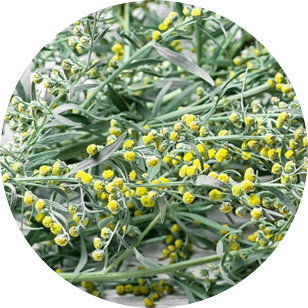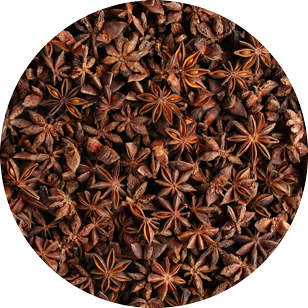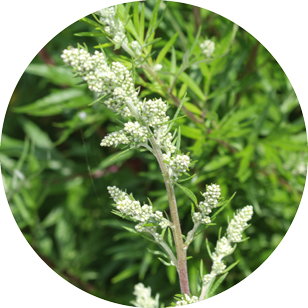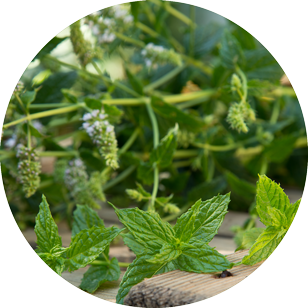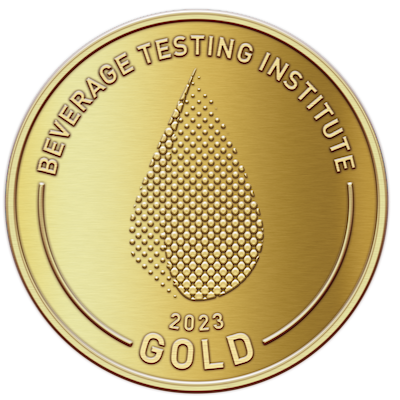The History
18th Century
The first evidence of absinthe, in the sense of a distilled spirit containing green anise and fennel, is recorded. According to popular legend, it began as an all-purpose patent remedy created by Dr. Pierre Ordinaire.
1840s
Absinthe's popularity grew steadily when it was given to French troops as a malaria preventive.
1860s
Absinthe became so popular in bars, bistros, cafés, and cabarets that the hour of 5 p.m. was called l'heure verte ("the green hour"). It was favored by all social classes, from the wealthy bourgeoisie to poor artists and ordinary working-class people. Impressionist painters, using absinthe to get inspiration, started to call it their “Green Fairy.”
1880s - 1900
A mass production caused the price to drop sharply bringing the French to drink more absinthe than wine. During these years, Absinthe was exported widely from France and Switzerland and attained popularity in other countries, including Spain, Great Britain, United States, and the Czech Republic.
1915
Absente is banned from the market, as it became associated with violent crimes and social disorder. Though some countries, like Britain, Spain and Portugal, never banned it; while in others, like in Switzerland, the ban served only to drive the production of absinthe underground. Clandestine home distillers produced colorless absinthe, which was easier to conceal from the authorities.
1999
The ban was lifted. Distilleries Domaines de Provence, was the first to start again producing absinthe using one of the oldest recipes and traditional methods to produce what became Absente.
2001
Absente caught the attention of visionary spirits marketer, and Crillon Importers founder, Michel Roux, who chose this recipe among 200 others and made it the first absinthe available in America, for the first time after its ban in 1915.
2020
Absente Absinthe Refined continues to be the leading absinthe in the U.S. and around the world.






